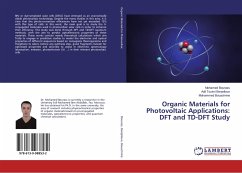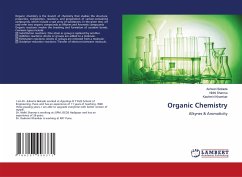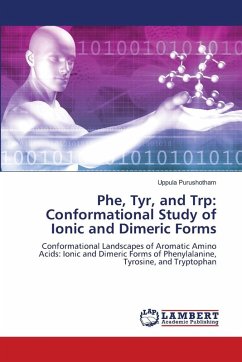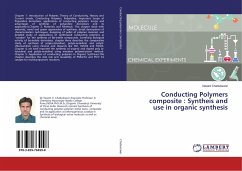This manuscript presents a theoretical study of novel copolymers based on thiophene, diketopyrrolopyrrole (DPP), phenylene, and other pi-conjugated heterocyclic derivatives.Our focus was on the structural and electronic properties of these molecules, examined through quantum chemistry methods. Specifically, we performed a detailed analysis of these organic materials using various quantum chemical approaches, including Density Functional Theory (DFT) and Time-Dependent DFT (TD-DFT).Furthermore, we conducted physicochemical and spectroscopic characterizations-Infrared Spectroscopy (IR) and Ultraviolet-Visible (UV) Spectrophotometry-to validate the theoretical predictions, achieving a strong correlation between experimental and theoretical results.Based on these findings, we propose these materials for optoelectronic applications. These copolymers show promising potential for the development of advanced optoelectronic devices, positioning them as prospective materials in the renewable energy sector.
Bitte wählen Sie Ihr Anliegen aus.
Rechnungen
Retourenschein anfordern
Bestellstatus
Storno









